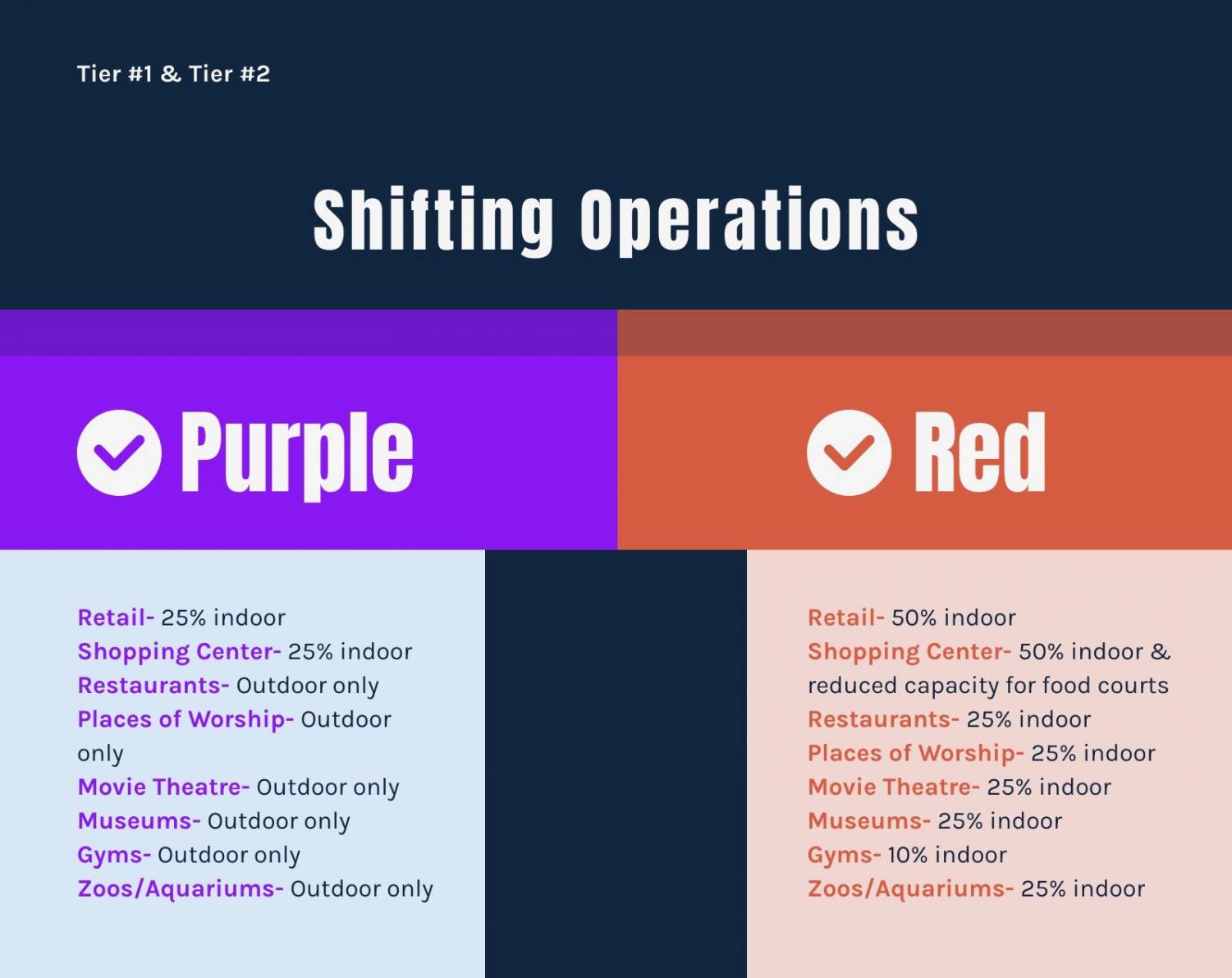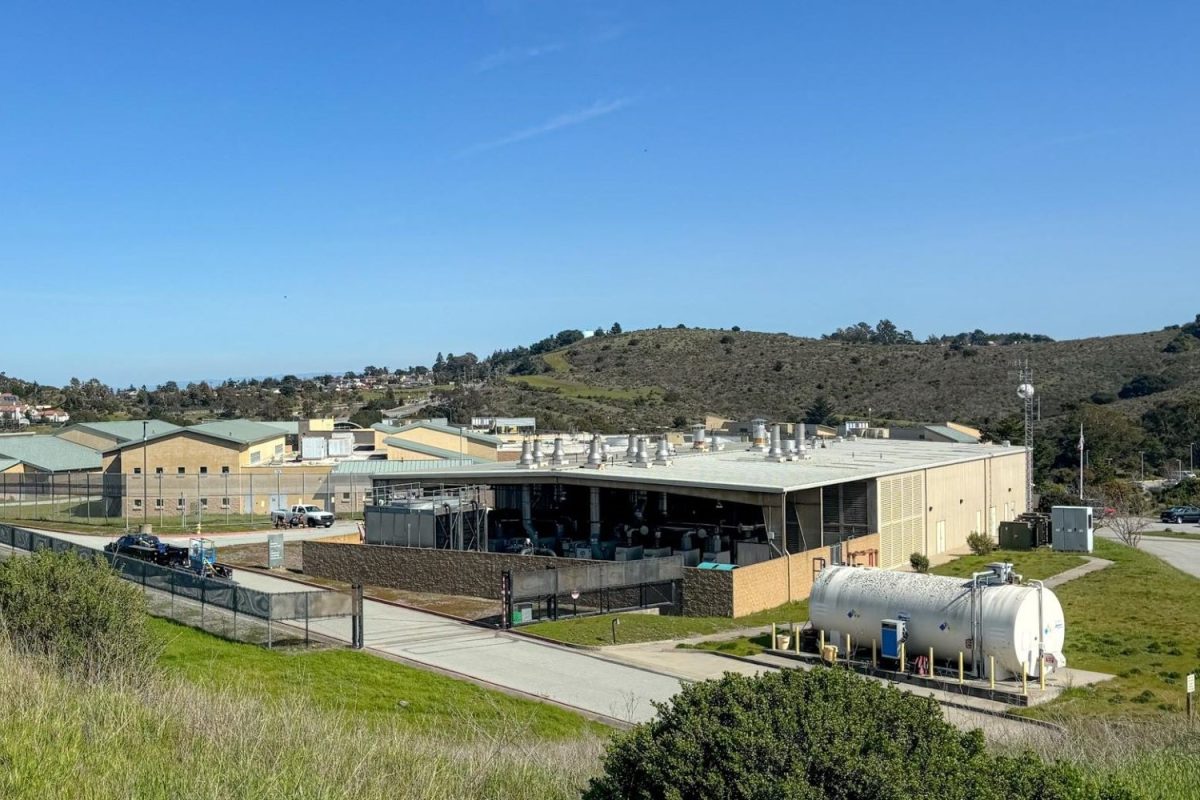Starting Wednesday Feb. 24 at 12:01 a.m., San Mateo and Marin County moved from the purple tier to the less-restrictive red tier. However, as this switch goes into effect, all other Bay Area counties remain in the purple tier at this time.
“As a doctor, I feel that as long as the decisions being made are based upon science, I am in favor of them,” said Santhi Lingameni, a doctor at Santa Clara County hospital.
In order to move to the red tier, a county must show that its average daily new cases over seven days dropped to four to seven per 100,000, and its percent positivity rate is five to eight percent.
“At the same time, continuing to wear masks and social distancing is important. Even with this transition, it means continuing to follow protocol. What I fear is that as we relax our restrictions, people may begin to overlook the rules. People may forget that we must continue to be mindful and respectful,” Lingamneni said.
According to California’s latest COVID-19 update, there were over 4,500 newly recorded confirmed cases statewide as of a week ago. However, as essential workers begin to receive the vaccination, there has been an improvement.
“Even with improvements, I think students are ignorant to how much damage they are doing and can do,” said Lauren Krueger, a senior at Carlmont. “Moving from purple to red tier is not a green light for poor and risky behavior, and the tier system is here for a reason. We are only safe once the tier system is no longer needed.”
Rather than many, only some nonessential indoor business operations will remain closed in these areas. Counties that fall under the red tier can allow retail stores and malls to operate with 50% indoor capacity; indoor museums, zoos, movie theaters, and dining at 25% capacity; and indoor gyms at 10%.

However, COVID-19 restrictions are not a mere suggestion for safety; they are guidelines put into place specifically for our community’s best interest.
“Ignoring these puts yourself, your family, and anyone you come in contact with at risk. Even the people you sit next to in a restaurant,” Krueger said. “Unfortunately, I do not think all students in our area really understand the gravity of not following these guidelines because they do not experience the horrors and havoc wreaked by COVID firsthand.”
There is a significant outreach for disadvantaged communities based on the California Health Places Index, according to the chief of San Mateo County Health, Louise Rogers.
Striving to drive that disparity to zero within the most impacted communities, it is important to remain aware of the circumstances in each county.
“Just because your actions might not necessarily affect you does not mean they might not be affecting other families,” said Nathan Basman, a senior at San Mateo High School.

















![One of the slides presented at the seminar shows how specific hallways will be designated as one-way or 2-way hallways. "In most cases, the one-way or one-directional hallway [is used] to minimize the crossing of students, but there are some hallways that are going to be two way," said Greg Patner, the administrative vice principal. "You can see some of those arrows are two-way arrows like near the football field, and then there's some that are one-way arrows to help students to navigate successfully around campus."](https://scotscoop.com/wp-content/uploads/2021/03/Screenshot-2021-03-17-4.14.19-PM-900x506.png)














